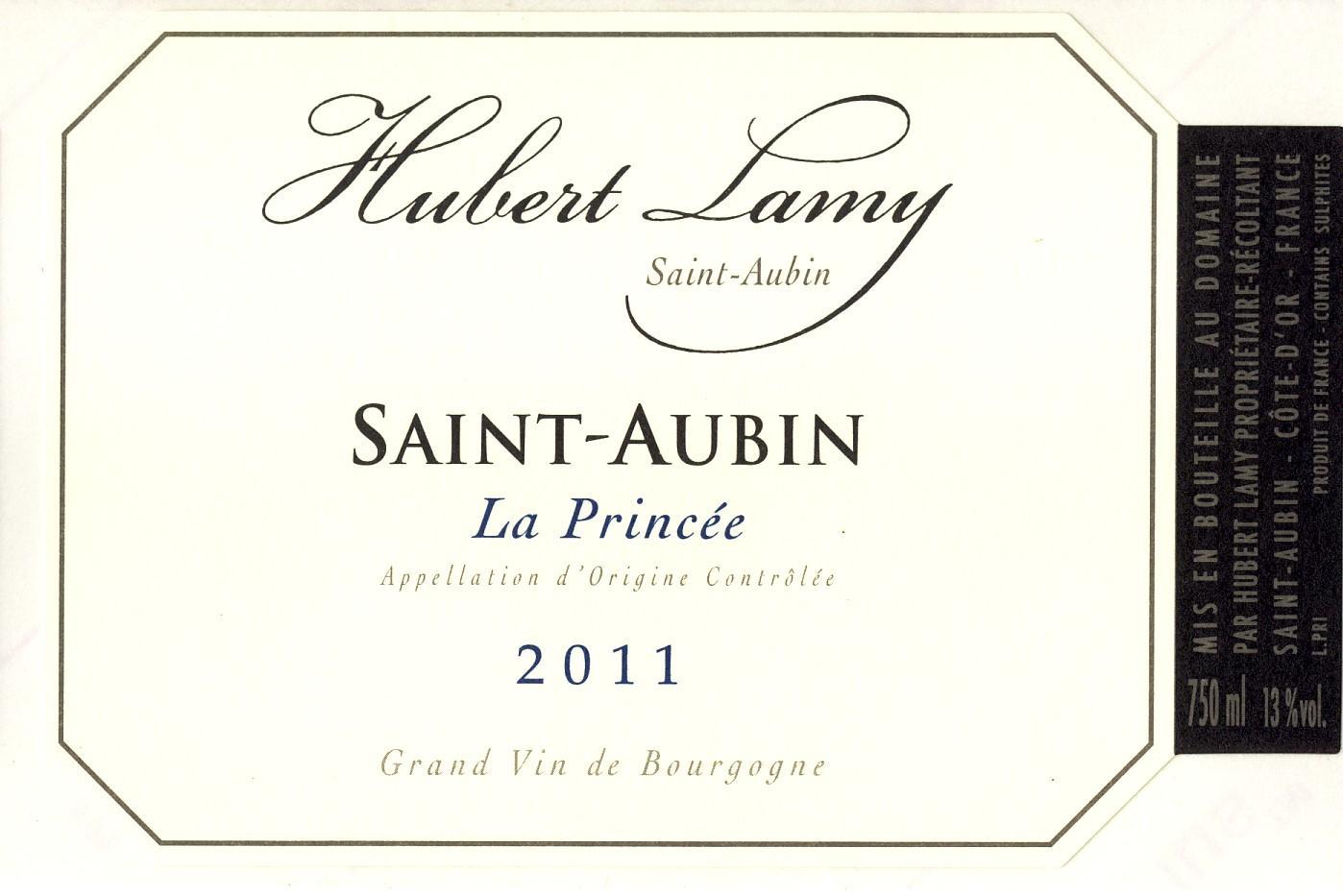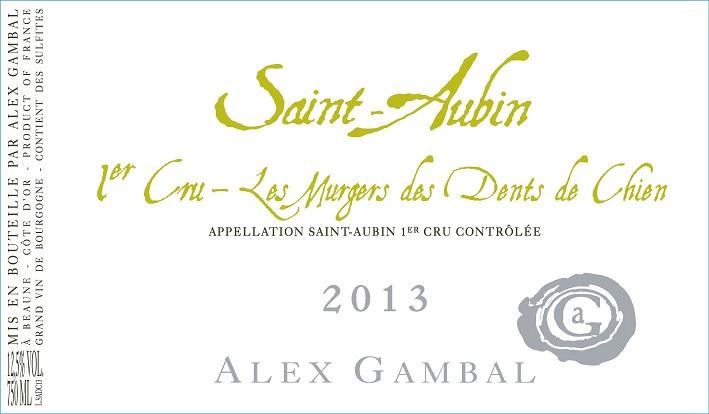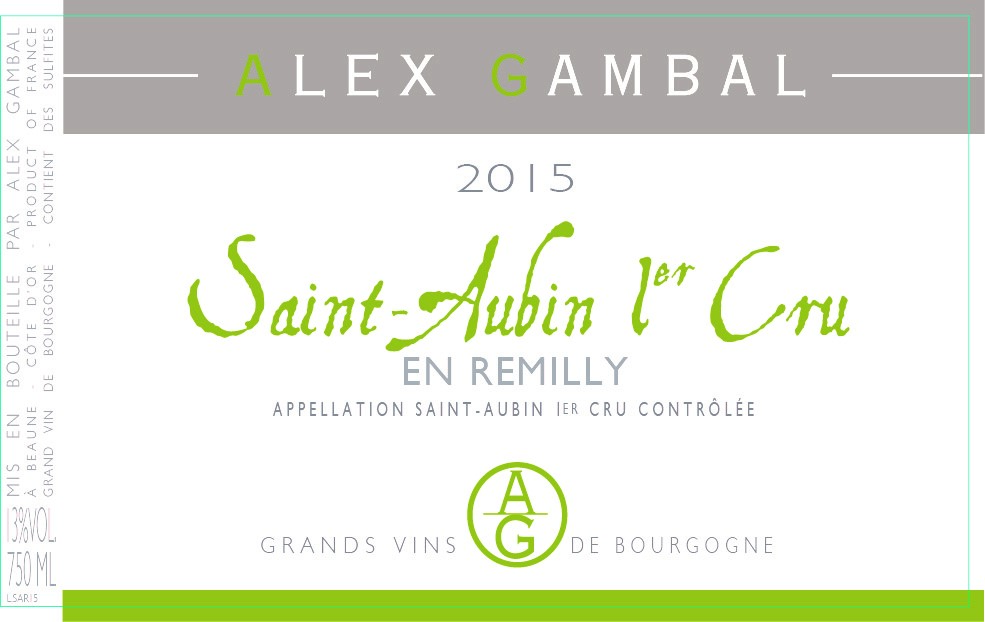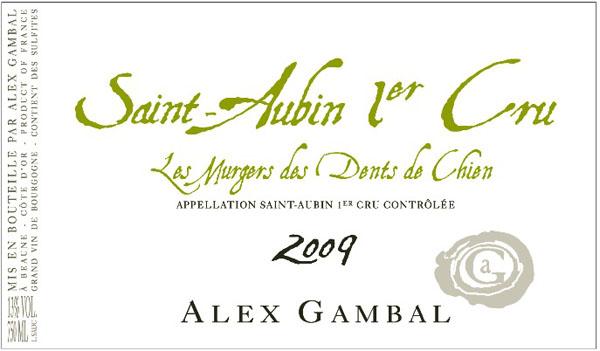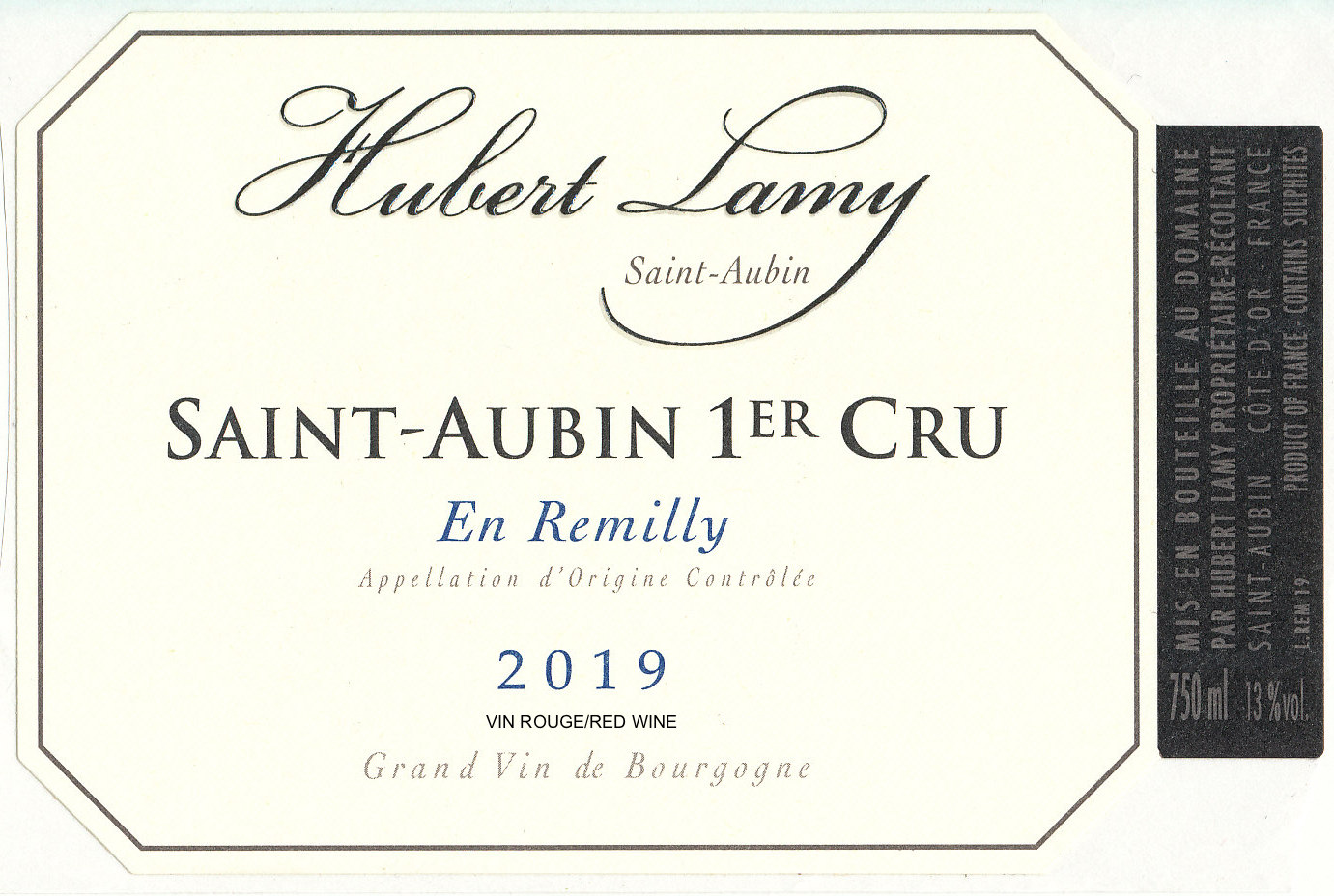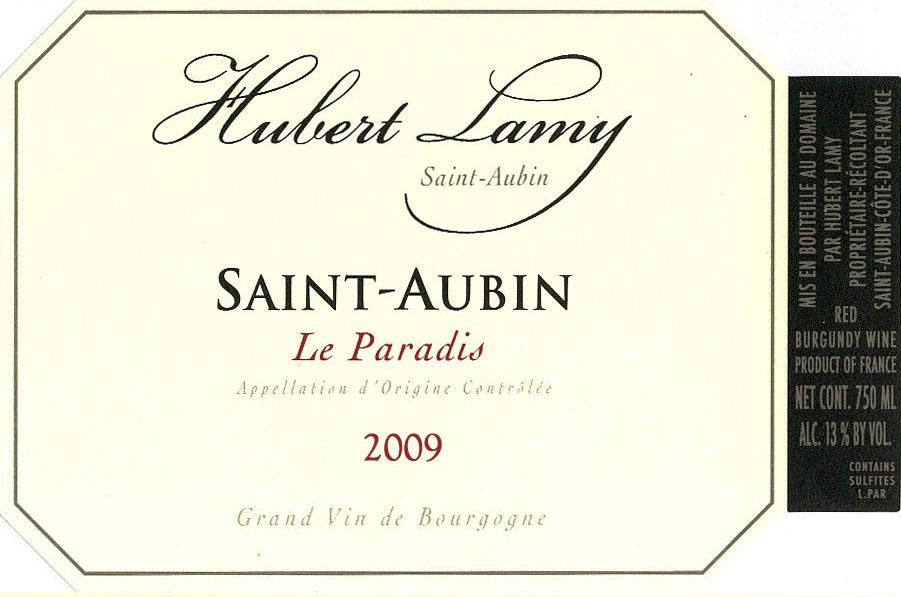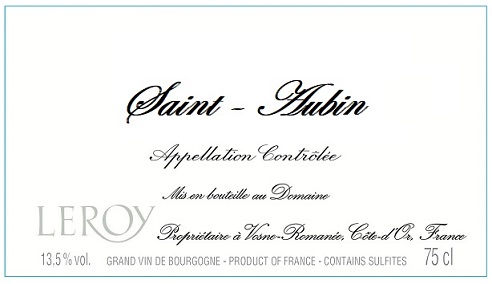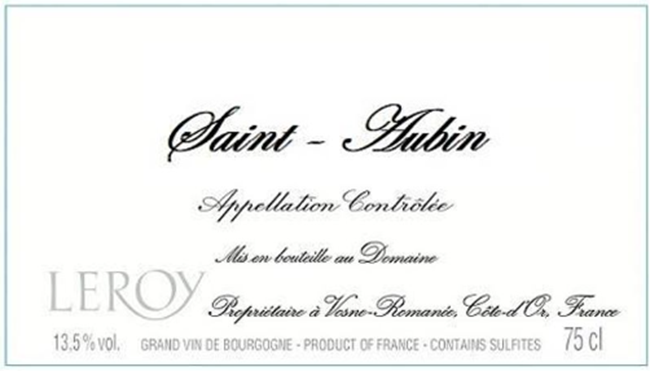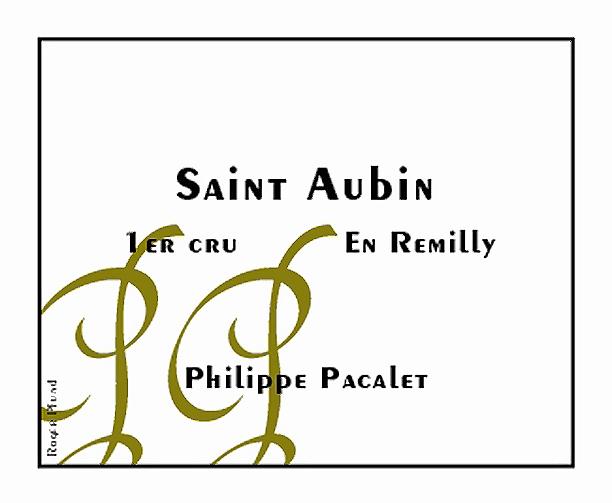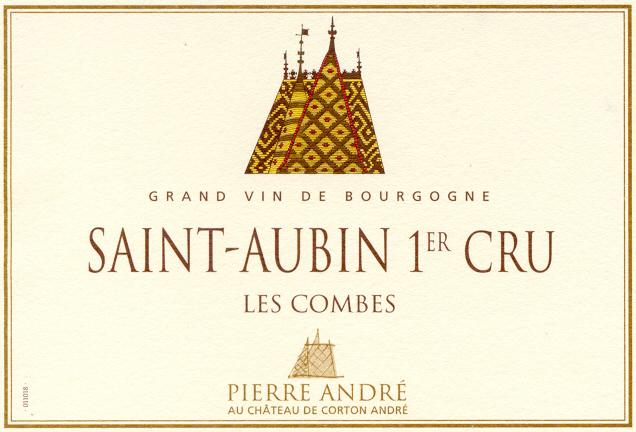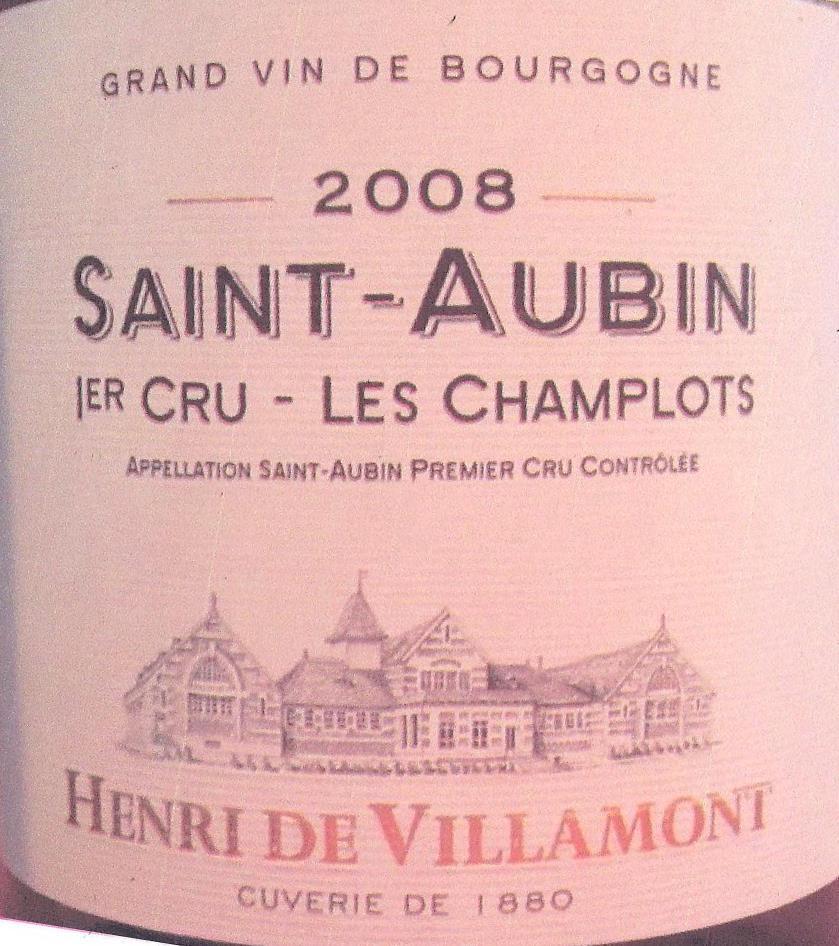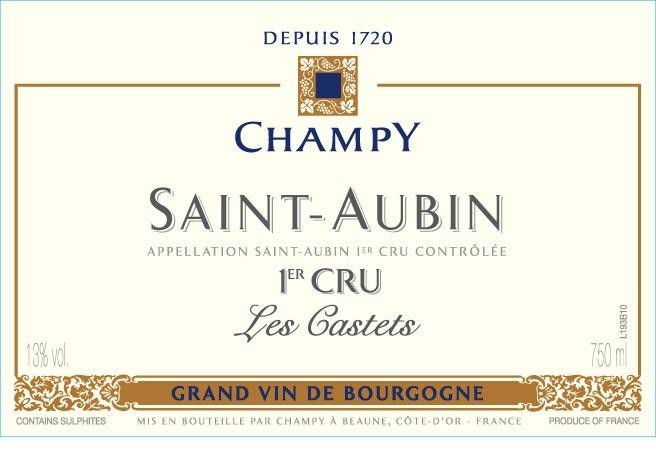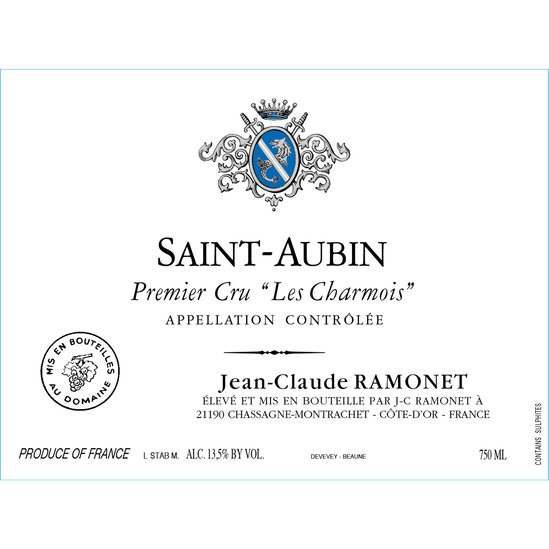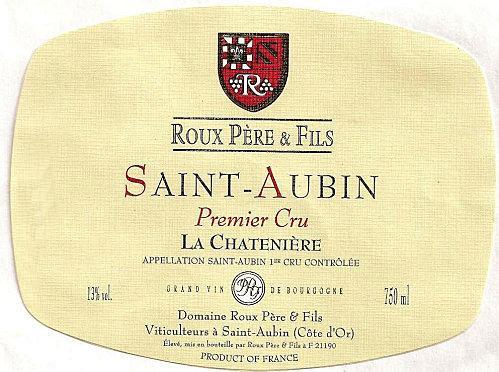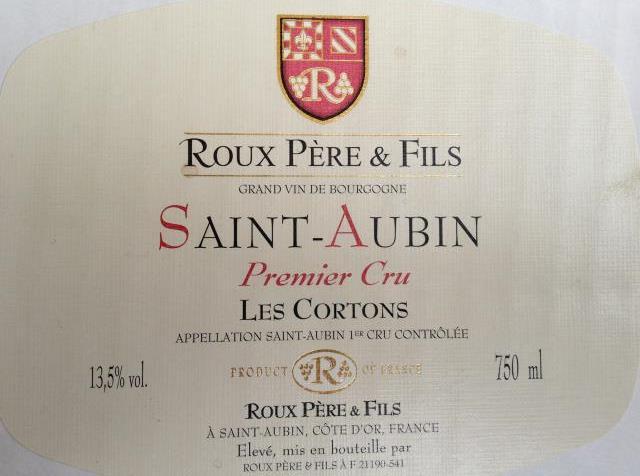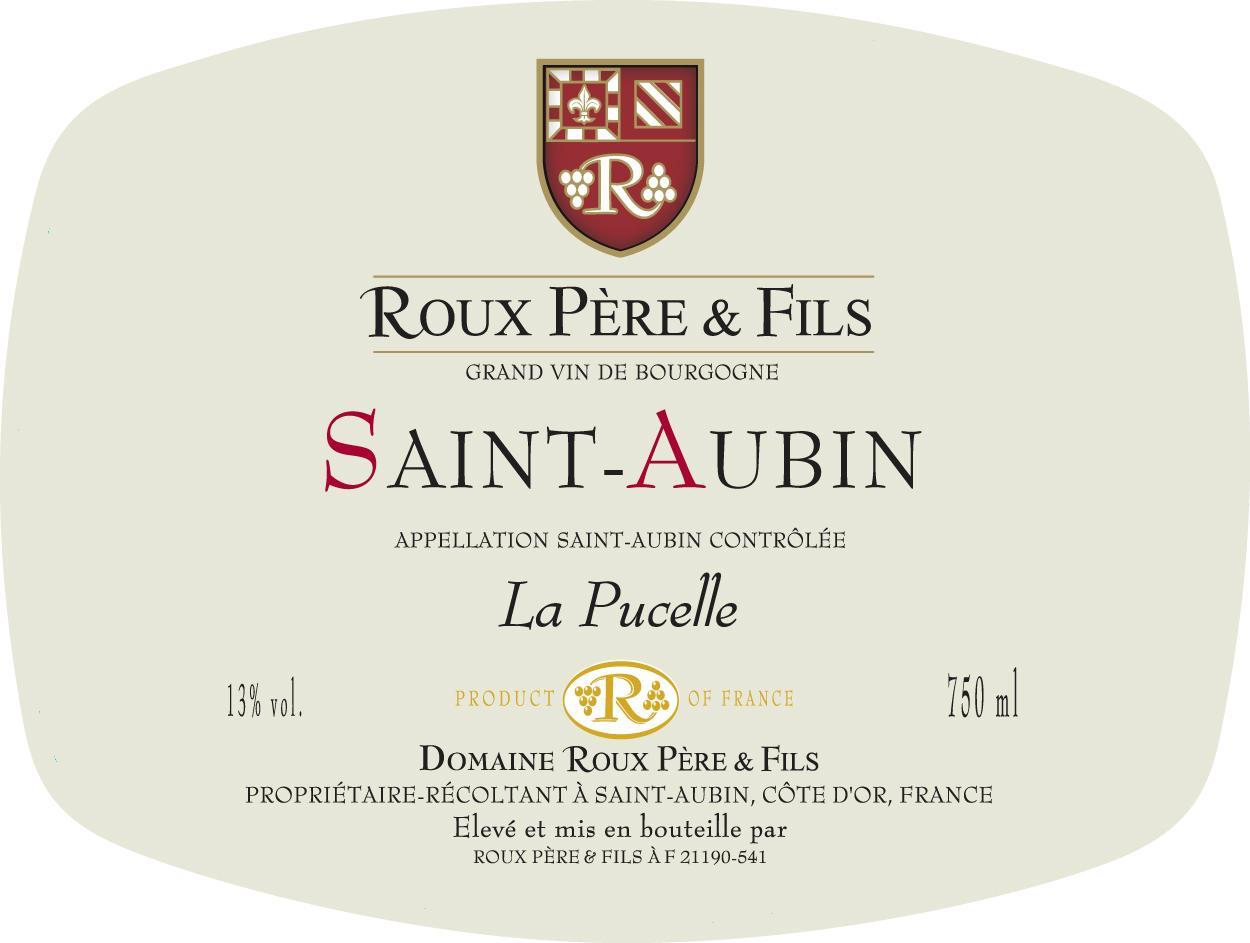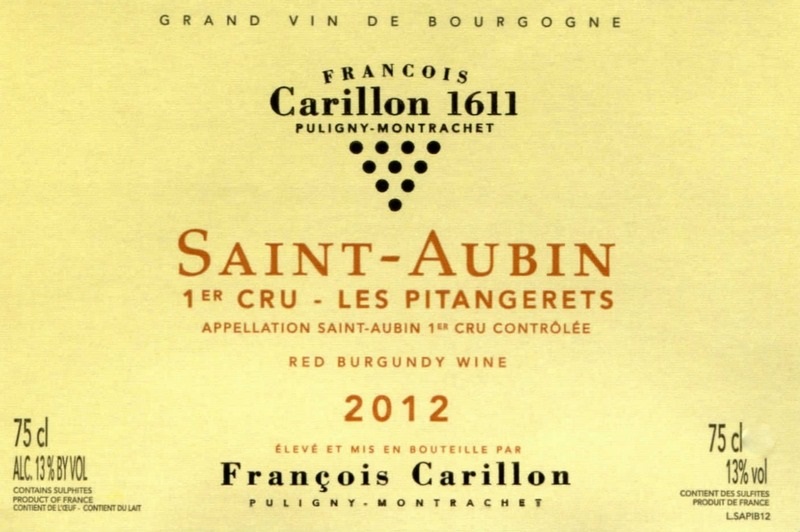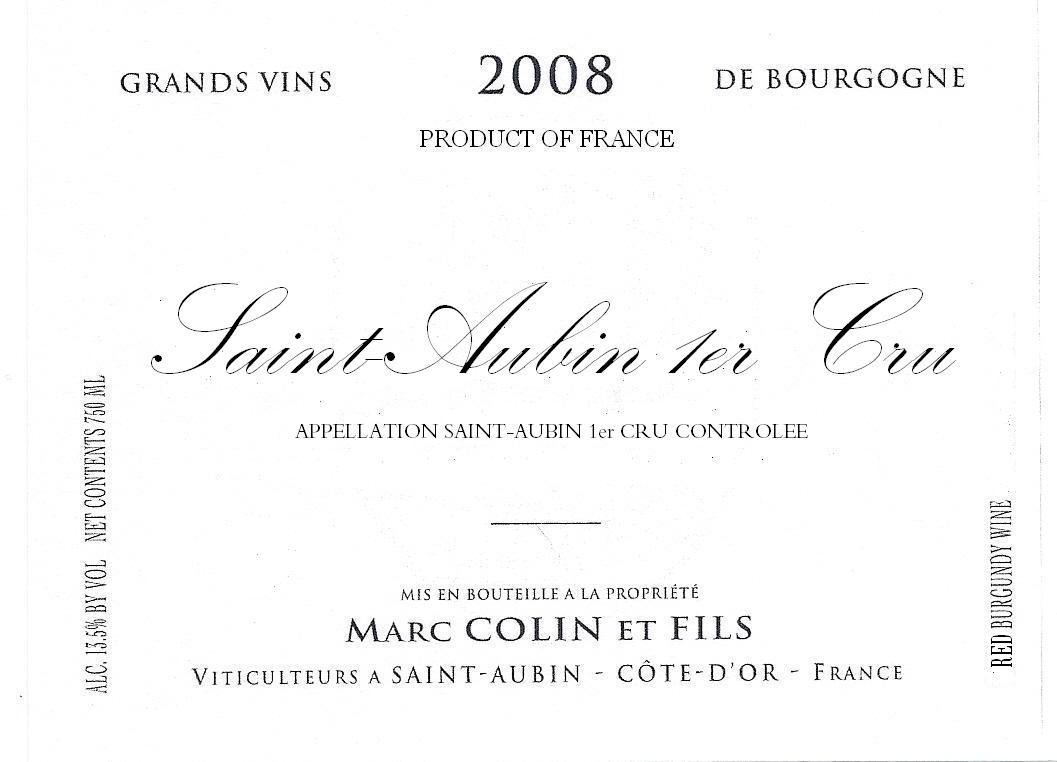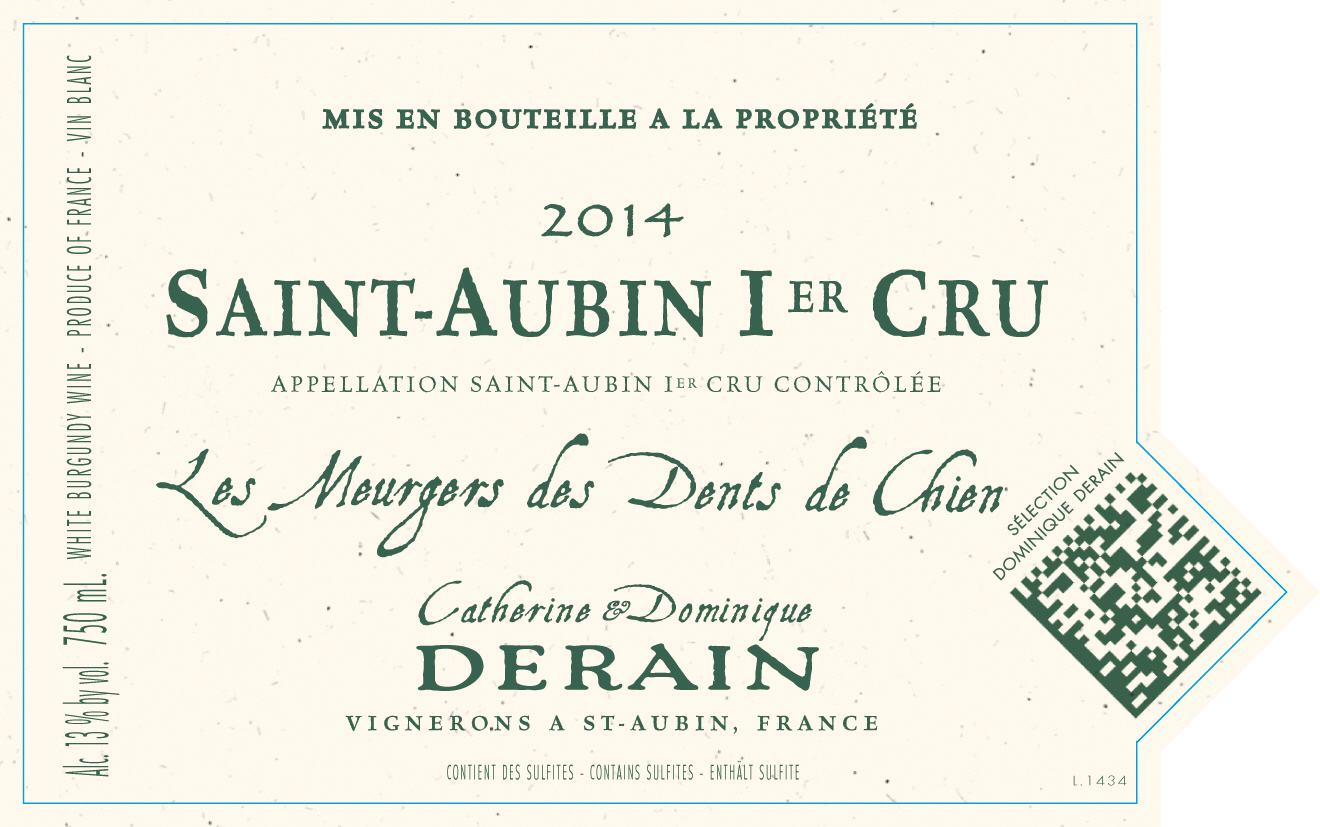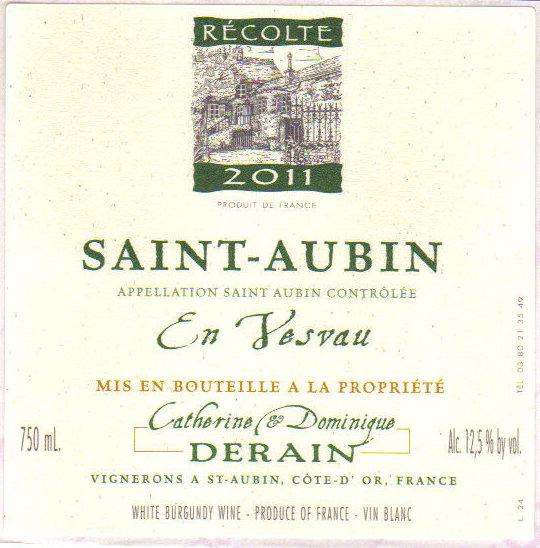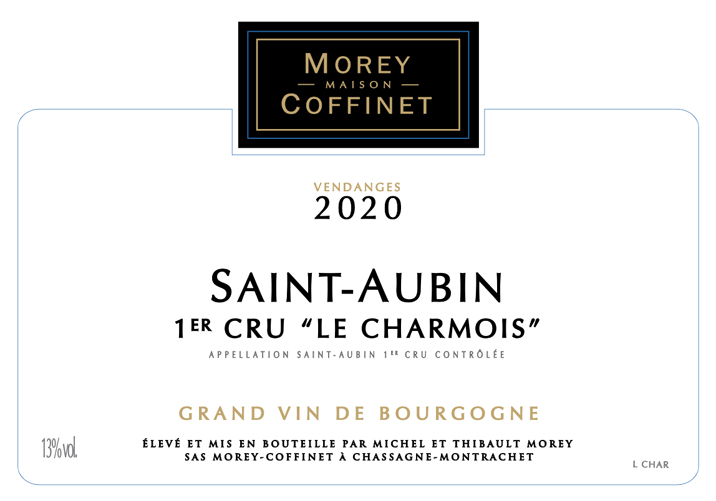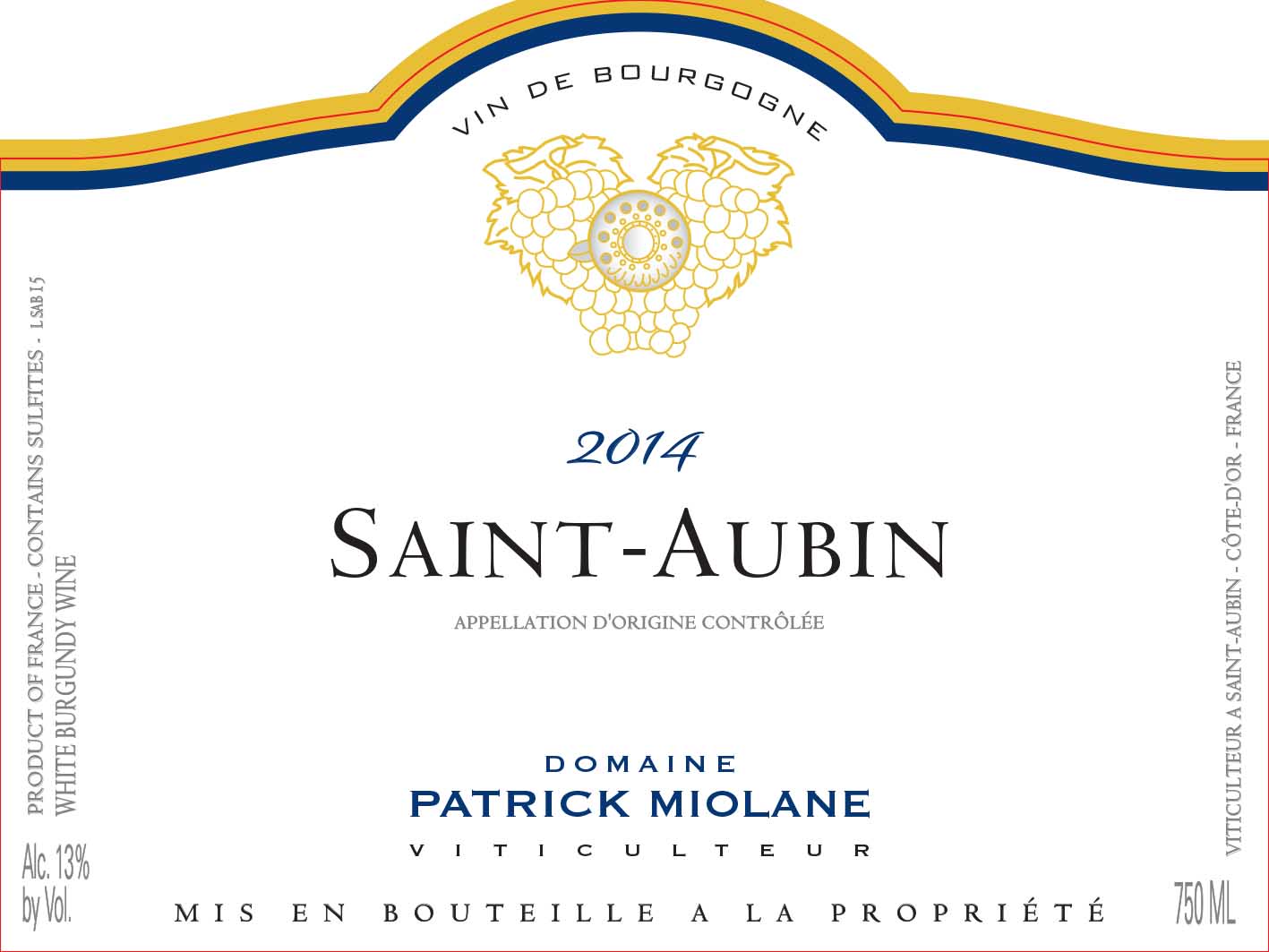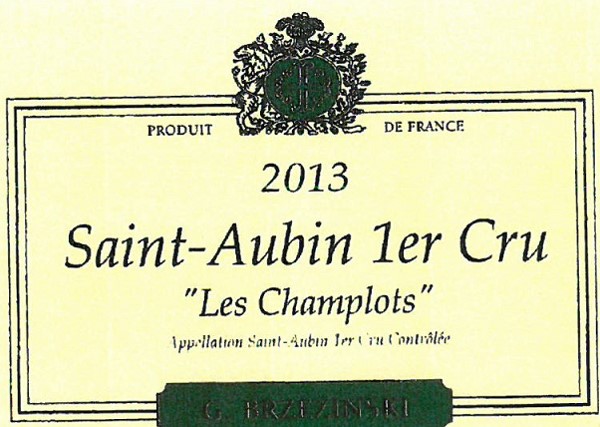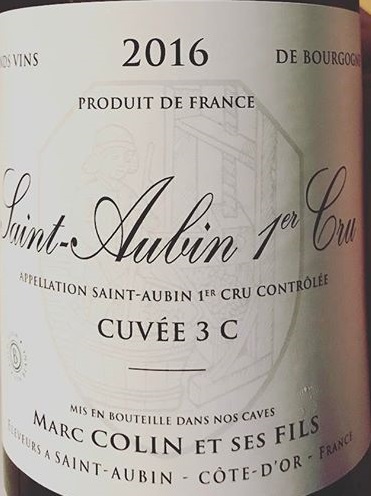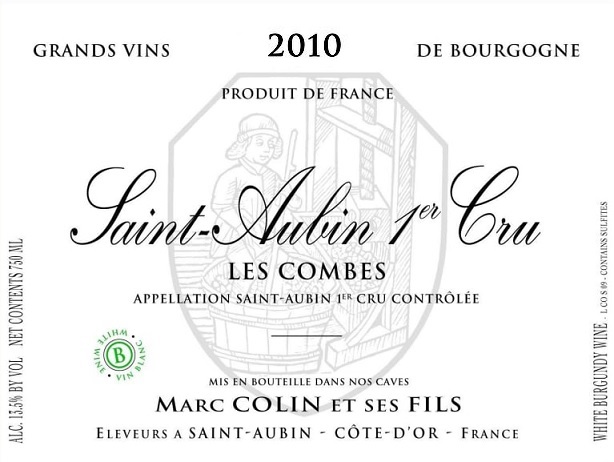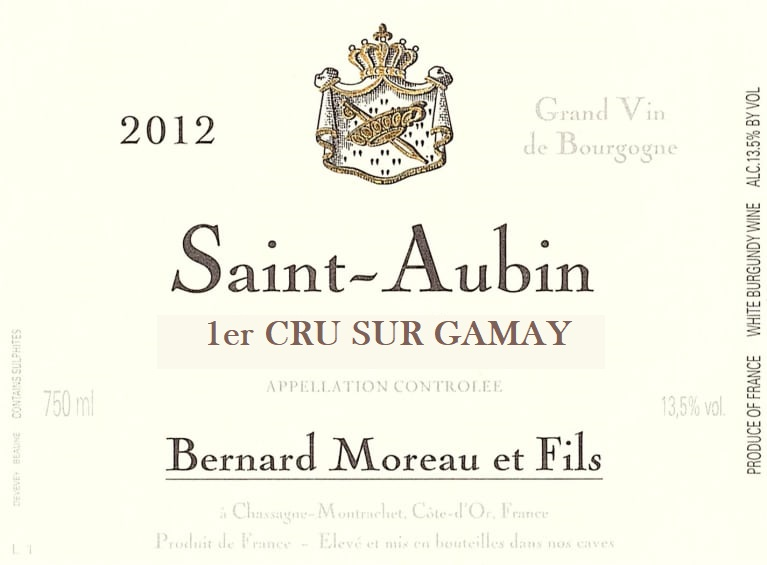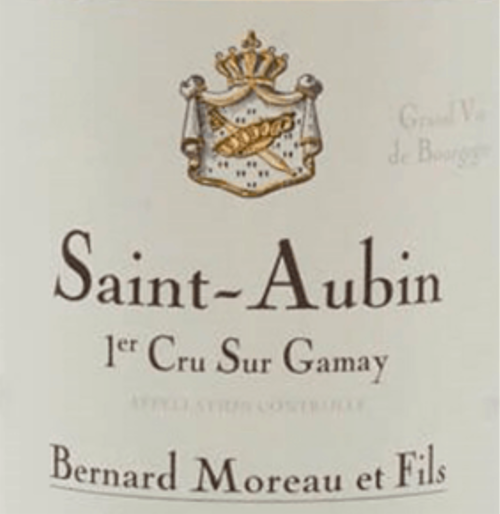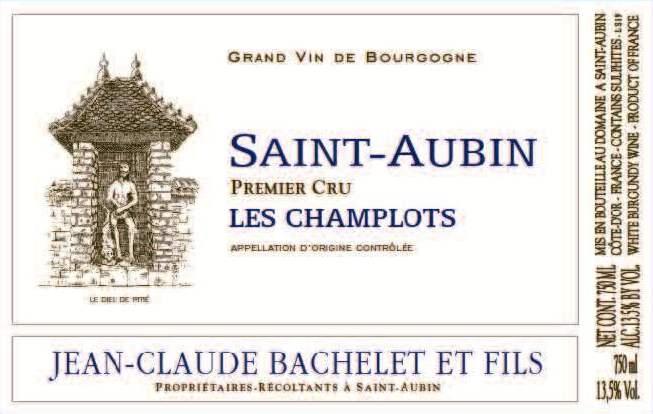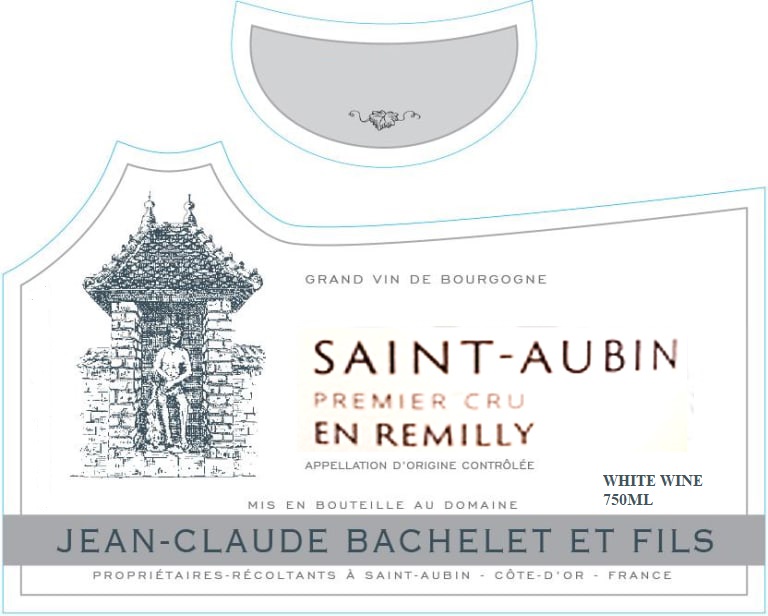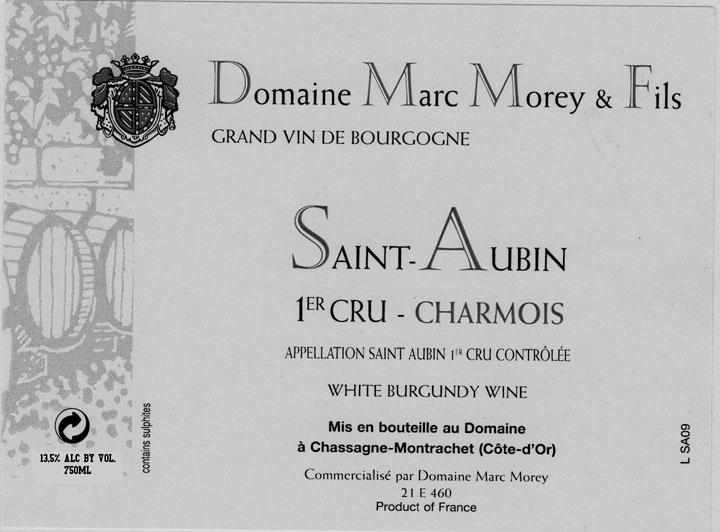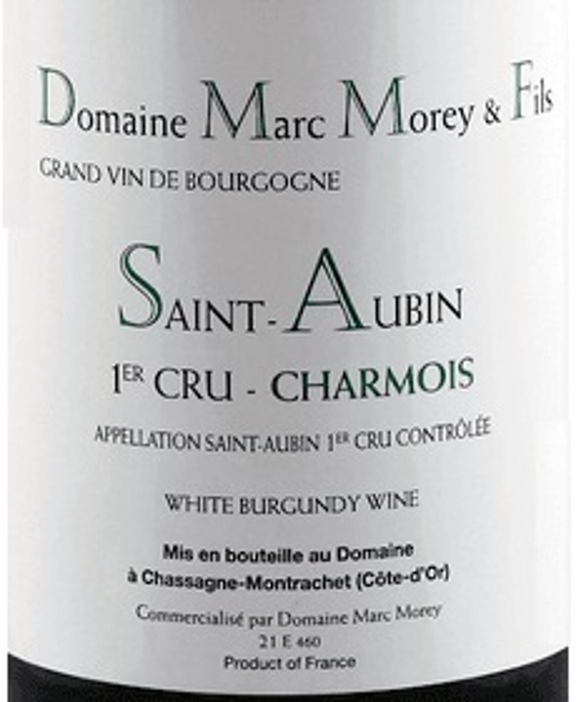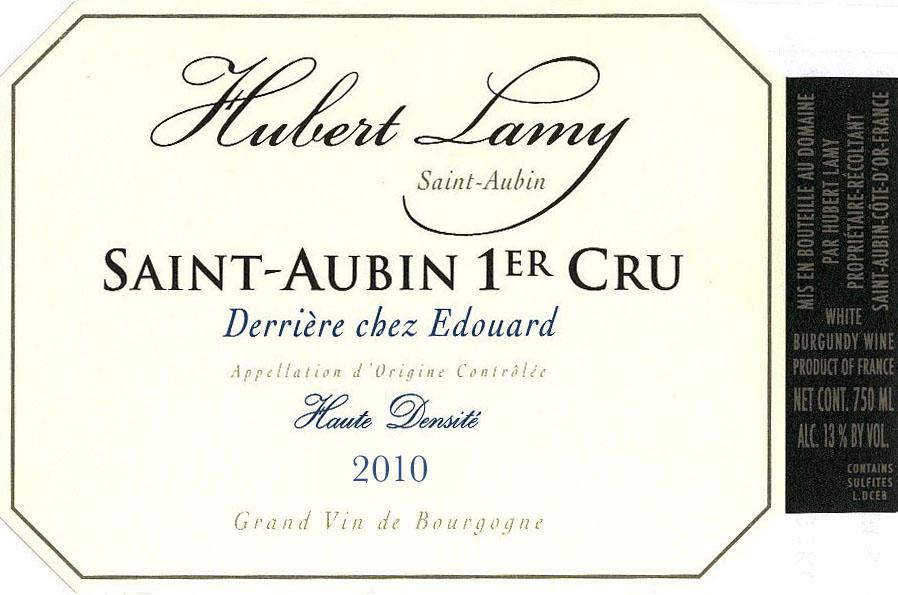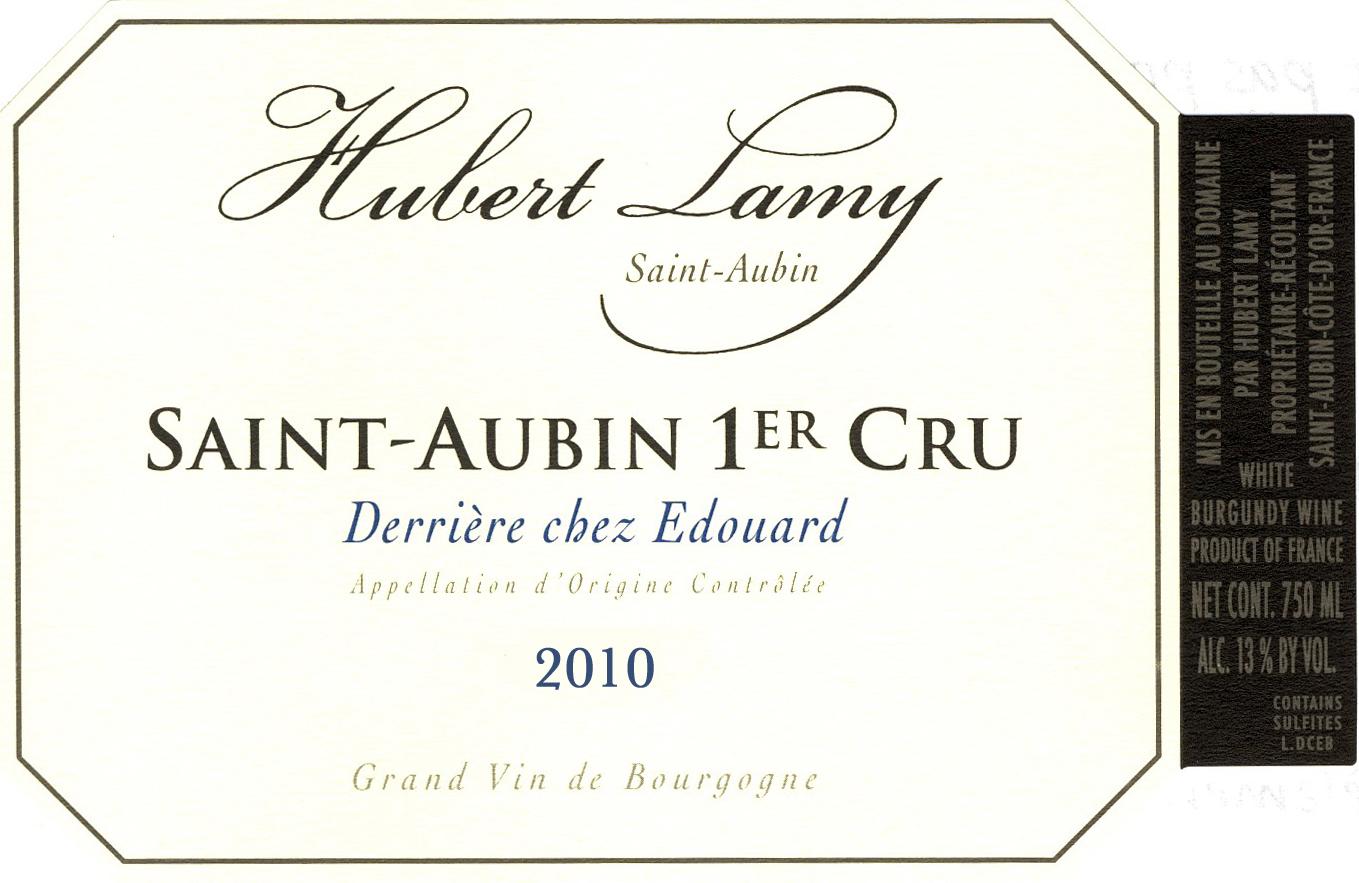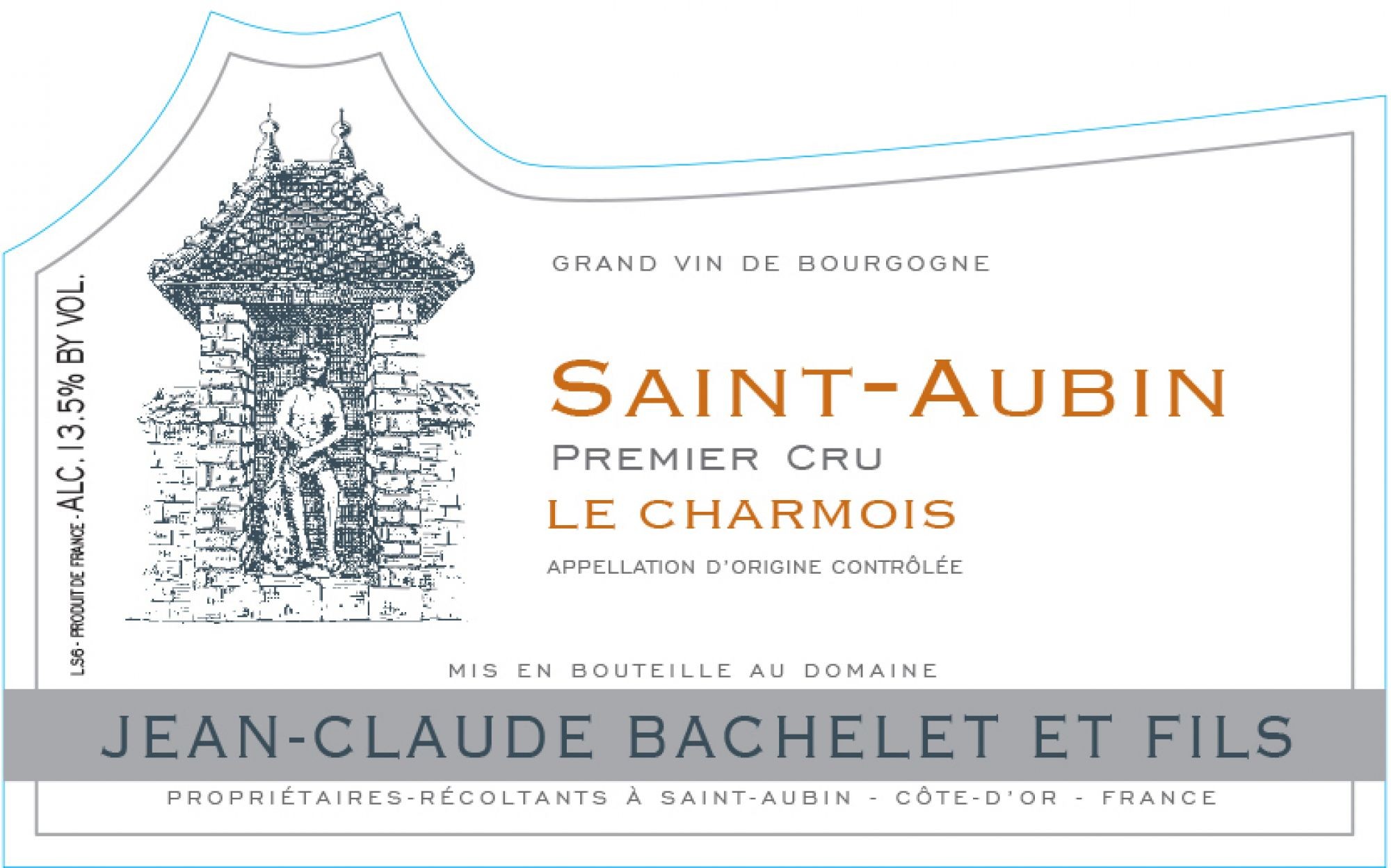Terroir of Saint-Aubin
Saint-Aubin has a cool, continental climate with big temperature changes between day and night, keeping the wines' acidity crisp. The vineyards, located in a southward-stretching side valley from the Côte d’Or at 300–350 meters elevation, face spring frost risks due to cold winters. Breezes from the plateau above can slow ripening in higher areas, adding complexity to the wines.
The terroir is classic for Burgundy, with Jurassic limestones, marls, and clays. Premier Crus on upper slopes, like En Remilly, have stony soils that give strong minerality and structure. Mid-slope vineyards have more clay-loam, creating smoother textures, while deeper clays on lower slopes produce fuller wines. Chardonnay does well on lighter calcareous soils, while Pinot Noir prefers heavier clays. East or southeast-facing vineyards avoid harsh afternoon sun, keeping the vibrant acidity and mineral character that Saint-Aubin wines are known for.
Notable Wineries in Saint-Aubin
Saint-Aubin, nestled in Burgundy’s Côte de Beaune, is home to several notable wineries celebrated for their elegant wines. Here are a few standouts:
-
Domaine Hubert Lamy (Olivier Lamy): Renowned for Premier Cru wines like En Remilly, known for their bright fruit and aging potential.
-
Domaine Marc Colin & Fils: A key producer of well-balanced white wines that reflect the village’s classic style.
-
Domaines Vincent & Edouard Larue: Known for ripe, mineral-rich whites that showcase the essence of their vineyards.
-
Domaine Denis Clair: Creates rich yet elegant whites using whole-cluster pressing and selective oak aging.
These producers, along with others like Domaine Dominique Derain and négociants Louis Jadot & Olivier Leflaive, capture the unique terroir of Saint-Aubin, offering wines that deliver Burgundy’s renowned quality at great value.
Sustainable Winemaking in Saint-Aubin
In Saint-Aubin, part of Burgundy's iconic Côte de Beaune, sustainability has become a central focus among wine producers. Embracing organic and biodynamic practices, many vineyards are reducing chemical use by employing natural methods like composting and cover cropping. These efforts align with regional programs such as HVE, which aim to enhance biodiversity and minimize environmental impact.
Within the cellars, winemakers prioritize natural fermentations and limit the use of new oak to let the terroir's character shine through. Additionally, eco-friendly innovations such as solar energy, water recycling, and lighter bottle production are being adopted to further reduce carbon footprints. Saint-Aubin's commitment to these sustainable practices reflects a broader movement in Burgundy to produce high-quality wines while preserving the environment.
Wine Tourism in Saint-Aubin
Saint-Aubin, nestled in Burgundy’s Côte de Beaune, is a charming destination for wine tourism. The village offers an authentic experience with vineyard tours and tastings by appointment. Visitors can explore the historic 13th-century church and admire old stone wine presses. The scenic Route des Grands Crus connects Saint-Aubin to nearby wine hubs like Puligny-Montrachet and Meursault, ideal for exploring by car, bike, or foot.
Wine enthusiasts can savor mineral-driven Chardonnays and elegant Pinot Noirs, crafted by renowned producers like Domaine Hubert Lamy. In late summer and autumn, open-cellar days and local festivals add to the vibrant atmosphere. Nearby, Beaune provides cultural experiences with its medieval architecture and the famous Hospices de Beaune. For nature lovers, the Cirque du Bout du Monde offers stunning trails and waterfalls. Saint-Aubin blends relaxed wine tastings with cultural and natural beauty, making it a must-visit for wine lovers.



